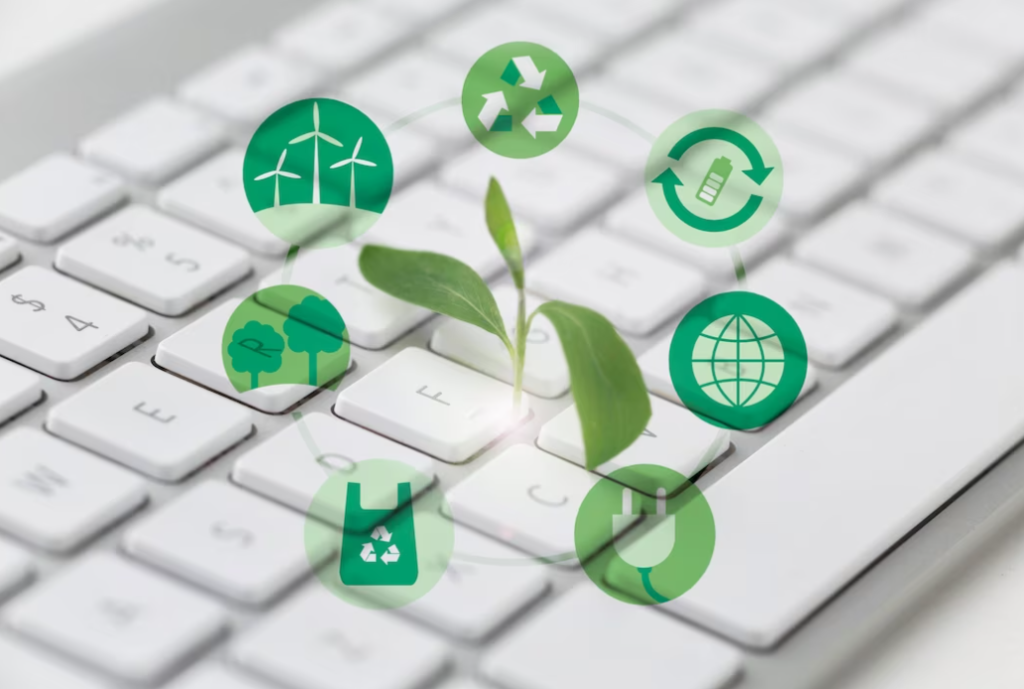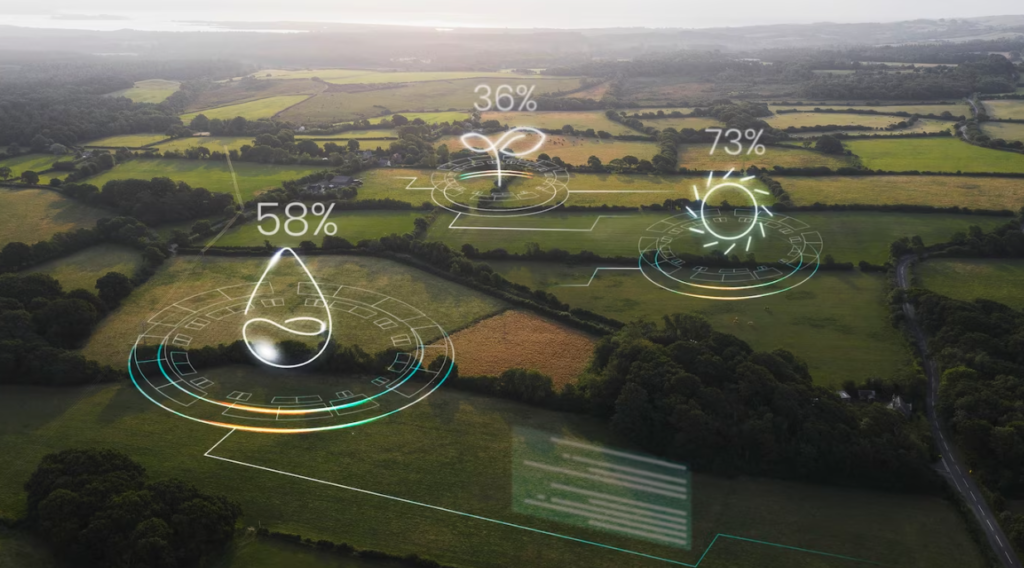Green construction methods represent a revolutionary shift in architectural practices, emphasizing the creation of structures that are eco-friendly, conserve energy, and prioritize environmental health. As the world becomes more attuned to the threats of climate change and the importance of environmental conservation, green construction methodologies are gaining significant traction. This piece delves into the essence, foundational principles, and considerable advantages of green construction techniques.
What is Green Building Technology?
Green building technology encompasses a wide range of advanced methodologies and practices aimed at creating structures that have a minimal environmental footprint throughout their entire lifecycle—from initial design and construction, to operation, maintenance, renovation, and eventually, demolition.
Given the vast advantages of this approach, there’s a growing trend among construction engineers, architectural firms, and facility managers to incorporate principles that lead to more resource-efficient and cost-effective building processes and operations.
At the heart of green building practices is the principle of efficiency, which permeates every aspect—from the responsible use of energy and materials to water conservation, optimized operations, and the reduction of waste and toxins.
The overarching aim of adopting green building methodologies is to mitigate the negative environmental impacts traditionally associated with structures. This includes reducing emissions of harmful gases like carbon dioxide and curtailing the depletion of natural resources by promoting sustainable procurement and use of construction materials.
5 Eco Innovations Changing Facilities

The landscape of facility management is rapidly evolving, thanks to the integration of five groundbreaking eco-innovations.
1. Eco-Friendly Water Management Solutions
- Stormwater runoff, especially in urban settings, is a prominent contributor to water pollution;
- This runoff not only leads to flooding in streets and infrastructures, causing hazardous road conditions and significant property damage but also sweeps away debris, bacteria, heavy metals, and various pollutants into local water systems through storm drains.
To counter these challenges, many communities are turning to eco-friendly water management systems, which help in filtering and retaining stormwater at its source. These strategies not only enhance the ability of regions to manage water challenges but also fortify them against future adversities, leading to an array of environmental, social, and economic advantages.
Such eco-solutions incorporate purposeful landscaping and architectural designs that focus on optimizing stormwater management using vegetation and soil in city landscapes.
Promoting vegetation in urban contexts does more than just manage water; it mitigates the urban heat island effect, which results from heat-absorbing surfaces like pavements and metal-based street fixtures. Furthermore, these green patches elevate air quality by absorbing carbon dioxide and other pollutants.
2. Electrochromic Glass
- Electrochromic glass, commonly referred to as smart glass, employs a subtle electrical charge to manipulate ions within a window layer, thereby adjusting its light reflection capabilities;
- This innovative technology stands apart from existing low-emittance windows, which only block a portion of solar radiation;
- With electrochromic glass, users can precisely control the amount of light blocked, leveraging advanced building control systems.
As the technology matures, smart glass is increasingly finding its way into commercial applications. Future architectural marvels, such as upcoming skyscrapers, might feature windows that auto-tint during daylight hours and revert to being clear after sunset.
Advocates of this intelligent tinting solution believe that its widespread adoption could lead to approximately a 25% reduction in heating, ventilation, and air conditioning expenses for buildings.
3. Innovative Heat-Reflective Rooftops
- Cool roofs represent a paradigm shift in roofing design, aiming to maximize sunlight reflection and minimize heat absorption compared to traditional roofing materials;
- In intense summer conditions, conventional dark-shingled roofs can see temperatures soaring to approximately 150 degrees Fahrenheit, leading to heightened demands on air conditioning systems and consequently, increased carbon emissions.
By harnessing enhanced solar reflectance and diminished thermal emittance, these innovative rooftops can significantly reduce their temperature, ensuring a cooler interior environment.
Such a design not only eases the burden on air conditioning units, decreasing energy consumption and associated carbon emissions, but also plays a role in countering the urban heat island effect. This phenomenon sees urban and suburban locales recording notably higher temperatures during sweltering summer periods in comparison to their rural counterparts. With heat-reflective rooftops, cities can move a step closer to achieving ambient temperature regulation and broader sustainability goals.
4. Intelligent Home Devices
- Modern homes are increasingly being outfitted with technologically advanced appliances that not only enhance convenience but also champion energy conservation;
- From smart washing machines and dishwashers to refrigerators, these devices seamlessly integrate with advanced metering systems to optimize energy usage.
These advanced metering systems, often referred to as smart meters, are a leap forward in electricity monitoring. They gather real-time consumption data and interact with connected devices, offering invaluable insights into power usage patterns. Equipped with this data, household appliances can intelligently gauge energy tariffs and modulate their operations to function during times of lower energy demand or rates, thereby promoting efficiency and cost savings.

5. Sustainable Architecture
- Net-zero energy buildings are at the forefront of sustainable architectural innovation;
- These structures are meticulously designed to generate their electricity primarily through renewable energy sources, thus eliminating their dependence on conventional electrical grids;
- Characterized by their net-zero energy consumption over the course of a year and a carbon-neutral footprint, these buildings harness renewable power generators, including wind turbines and solar panels.
Although the concept of net-zero energy buildings may seem like a futuristic idea, it’s already a reality in many developed countries. Governments recognize the immense potential of these structures in reducing carbon emissions and are incentivizing their development. In the U.S., significant incentives like the Solar Investment tax credit, which covers 30% of the total system expenses, are in place. Furthermore, states like California are pioneering additional financial incentives, rewarding residents who transition to renewable energy solutions. As we move forward, the prominence of net-zero energy structures in the architectural landscape is bound to increase, paving the way for a greener future.
Conclusion
In an age where environmental consciousness is paramount, green building technology has emerged as a beacon of sustainability and innovation. By weaving eco-conscious designs with technological advancements, we see the dawn of structures that harmonize with their surroundings, maximize resource efficiency, and significantly minimize their ecological footprint. From reimagining water management in urban landscapes to pioneering net-zero energy edifices, the green tech trends highlighted in this article elucidate a promising trajectory for the construction and architectural realms. As these practices gain momentum, we’re not only forging buildings and homes of the future but also curating a more sustainable, harmonious world for generations to come.
If you’re passionate about blending business with purpose-driven initiatives, you may also like the article about business strategies for aspiring activist entrepreneurs. Just as the green building sector is revolutionizing the architectural world with its sustainability-driven innovations, activist entrepreneurs are leveraging business strategies to make impactful changes across various industries. Dive into the article to discover how to effectively merge profit with purpose.



